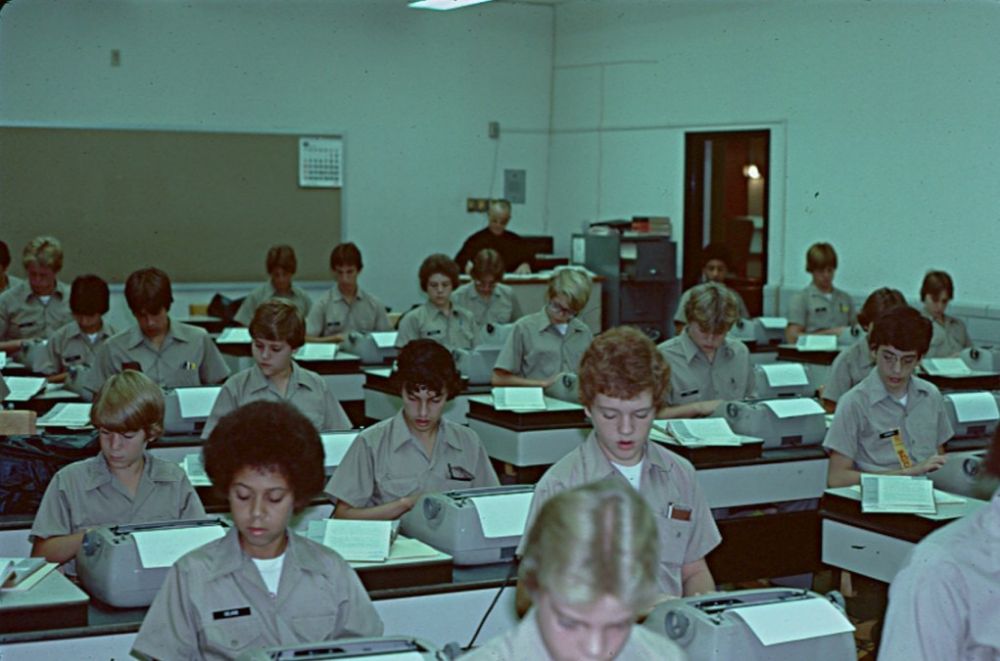"It's a Wonderful Life," directed by Frank Capra and released in 1946, stands as one of the most enduring and beloved films in cinematic history. This timeless masterpiece has captivated audiences for generations, and its uniqueness lies not only in its heartwarming narrative but also in the groundbreaking techniques employed by Capra to create a film that transcends its era.

At its core, "It's a Wonderful Life" is a narrative of redemption, self-discovery, and the profound impact one individual can have on the lives of others. George Bailey, a small-town man with big dreams, finds himself at a crossroads on Christmas Eve, contemplating suicide in the face of personal and financial crises.

Enter Clarence, his guardian angel, who intervenes by showing George what life in Bedford Falls would have been like if he had never been born. The narrative unfolds through a series of flashbacks, allowing the audience to intimately explore the highs and lows of George's life.

What sets "It's a Wonderful Life" apart from its contemporaries is its unconventional narrative structure. The film opens with George in dire straits, contemplating ending his life, and then takes the audience on a journey through his past via a series of flashbacks. This non-linear storytelling, coupled with the celestial framing device involving Clarence the angel, adds a layer of complexity and innovation to the film.

In the 1940s, when linear narratives were the norm, Capra's decision to structure the story in this unconventional way was a bold and pioneering choice. The non-linear approach allows the audience to connect with George on a profound emotional level, as they witness the pivotal moments that shaped his life and understand the depth of his struggles and triumphs.

At its heart, "It's a Wonderful Life" is a celebration of the human spirit, exploring themes of sacrifice, community, and the interconnectedness of all lives. George Bailey's journey becomes a powerful mirror reflecting the struggles and joys of the everyday person, making the film universally relatable.

The emotional resonance of the film is heightened by the exceptional performances of the cast, with James Stewart delivering a tour de force portrayal of George Bailey. Stewart's ability to convey the myriad emotions George experiences – from the depths of despair to the heights of joy – anchors the film in a reality that transcends its fantastical elements.

Beyond its narrative and emotional strengths, "It's a Wonderful Life" showcases Frank Capra's visual innovation. The film employs a range of techniques, from practical effects to expertly crafted matte paintings, to bring the fictional town of Bedford Falls to life. Capra's meticulous attention to detail in creating a believable and immersive world enhances the film's timeless quality.

One of the most iconic sequences in the film is the depiction of George's alternate reality, where he was never born. Bedford Falls morphs into the grim Pottersville, a stark contrast to the warm and vibrant community shaped by George's influence. This transformation is achieved through skillful set design, lighting, and cinematography, illustrating Capra's commitment to visual storytelling that resonates with audiences even today.

"It's a Wonderful Life" faced a lukewarm reception upon its initial release, struggling at the box office and receiving mixed critical reviews. However, over the years, the film has undergone a remarkable transformation, evolving into a cultural touchstone and a perennial holiday favorite. Its enduring popularity is a testament to the universal themes it explores and the timeless messages of hope and resilience it imparts.

The film's journey from relative obscurity to its current status as a classic is a reflection of its ability to resonate with audiences across generations. Today, "It's a Wonderful Life" is not just a film; it's a cherished tradition, a cinematic experience that families revisit year after year, making it an integral part of the holiday season.

In the vast landscape of cinema, "It's a Wonderful Life" stands as a shining example of uniqueness and innovation. Frank Capra's daring narrative choices, combined with exceptional performances and groundbreaking visual techniques, have given rise to a film that transcends its era. As we continue to revisit and celebrate this timeless masterpiece, it is evident that the magic of "It's a Wonderful Life" lies in its ability to connect with audiences on a deep and emotional level, making it a cinematic gem that will endure for generations to come.



